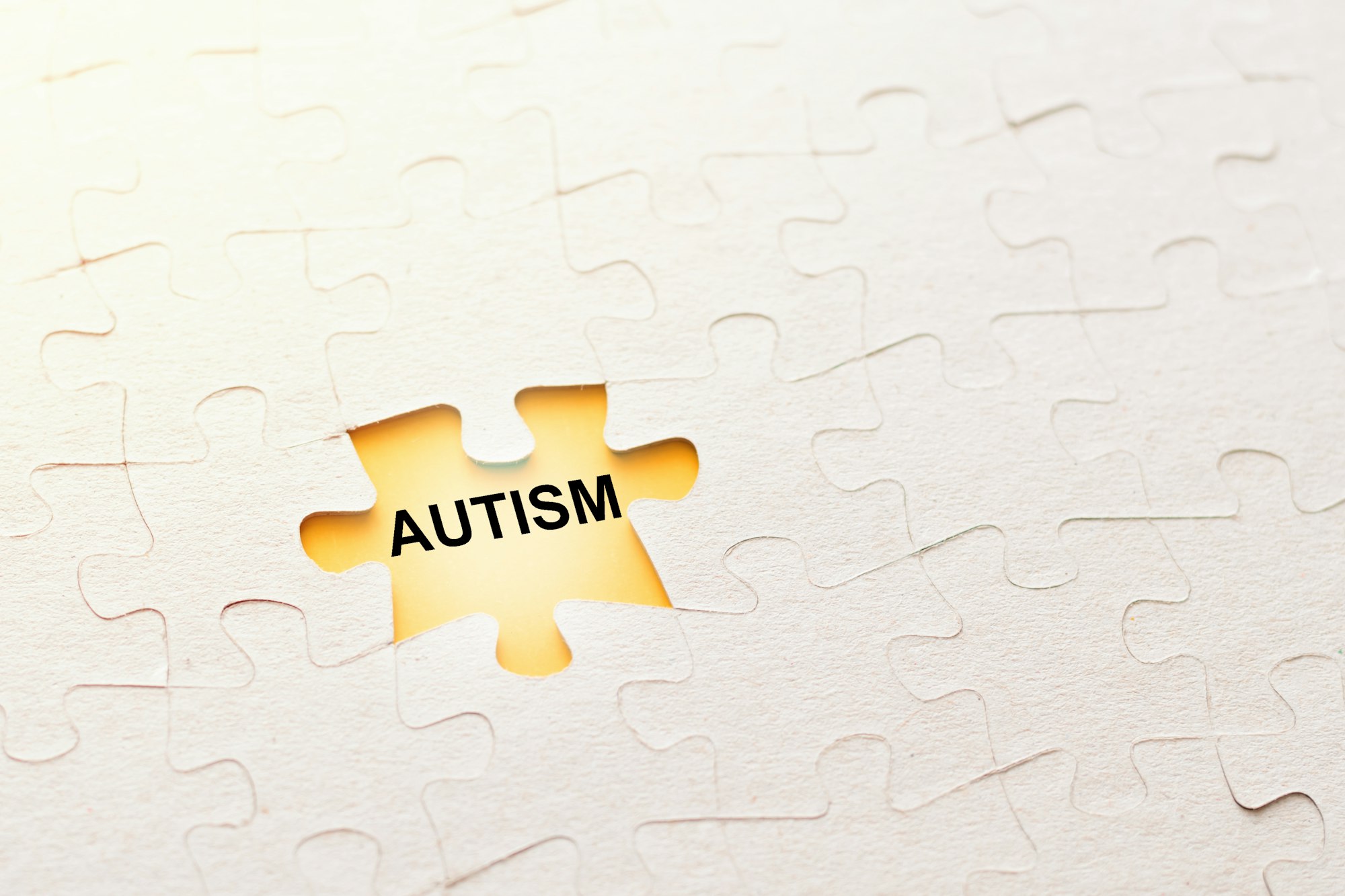Facts Everyone Should Know About Autism
In observance National Autism Month in April, as a Behaviorist and Consultant, I aim to help families navigate schooling, daily life, social connections and family-centered goals for their children with autism spectrum disorder. In this post, I will outline essential facts that everyone should know about autism and see how neurodevelopmental disorders are often co-occurring.
Through dedicated efforts in parent coaching, advocacy, support, and identifying the individualized pathways of education; we can collaboratively work towards creating more access and opportunities for children to make social connections, have school and college preparedness, and acquire living skills.
What is autism?
Autism spectrum disorder is a neurodevelopment disorder with heterogeneous presentation, meaning the variability of what systems are impacted differ from child to child.

The prevalence rate of autism is 1 in 36 children (Maenner et al., 2023)
Autism can impact all or some of the following systems:
Comorbidities commonly associated with autism include mental health conditions like attention deficit, anxiety, depression, gastrointestinal issues, sleep disturbances just to name a few (Radwin & Mallik, 2021; Hossien et al., 2020; Al-Beltagi, 2019; Matson & Golden, 2013).
The difficulty with diagnosing is autism is that it looks very different in each child; some children may present with few symptoms while others present with all of the issues identified above. Hence, effective behavior management, health and educational planning need to be individualized.
Children are also diagnosed at differing ages depending on the severity of symptoms. Screening tools like the mchat can be utilized by parents and brought to the attention of physicians, specialized care providers, and educators to help initiate further. comprehensive assessment.
How many children with autism have attention deficit?
- 37-85% of children with autism have a co-occurrence of ADHD or ADD (Liu et al., 2023)
What is attention deficit?
- Neurodevelopmental disorder based on a group of behavioral symptoms.
- 3 subtypes (1) inattentive, (2) hyperactivity & impulsiveness, (3) combined.

Inattentive subtype:
- Fails to pay close attention to details or makes careless mistakes in schoolwork.
- Difficulty sustaining attention in tasks, lectures, class, play activities, conversations.
- Does not follow through on instructions & fails to finish schoolwork or chores.
- Poor time management, fails to meet deadlines, difficulty organizing tasks & activities (materials are messy or missing)
- Often avoids, dislikes, or reluctant to engage in tasks that require sustained attention (homework, projects)
- Easily distracted by extraneous stimuli
- Is often forgetful in daily activities (chores, running errands, responding to email, text, calls, paying bills)
Hyperactive & Impulsive subtype:
- Constantly leaving their seat when expected to stay seated.
- Blurting out answers before question is completed
- Fidgeting & moving about when seated
- Cutting into people’s conversations
- Having trouble waiting their turn in line
- Talking over other people’s activities
- Often feeling restless
- Interrupting others
- Talking excessively
- Always on the go
- Trouble managing time and completing homework.
- Shows anger and upset.
(Diagnostic and Statistical Manual of Mental Disorders 5th edition, 2013; Drechsler, 2020)
Prevalence rate& presentation in boys vs. girls
- 8.4% of children in the US diagnosed with attention deficit (Liu et al, 2023)
- 2 to 1 prevalence in boys; girls tend to present with inattentiveness and less often present with disruptive or hyperactive symptoms.
(Dreschler et al., 2020; Furman, 2005; Mergugliano,1999)







